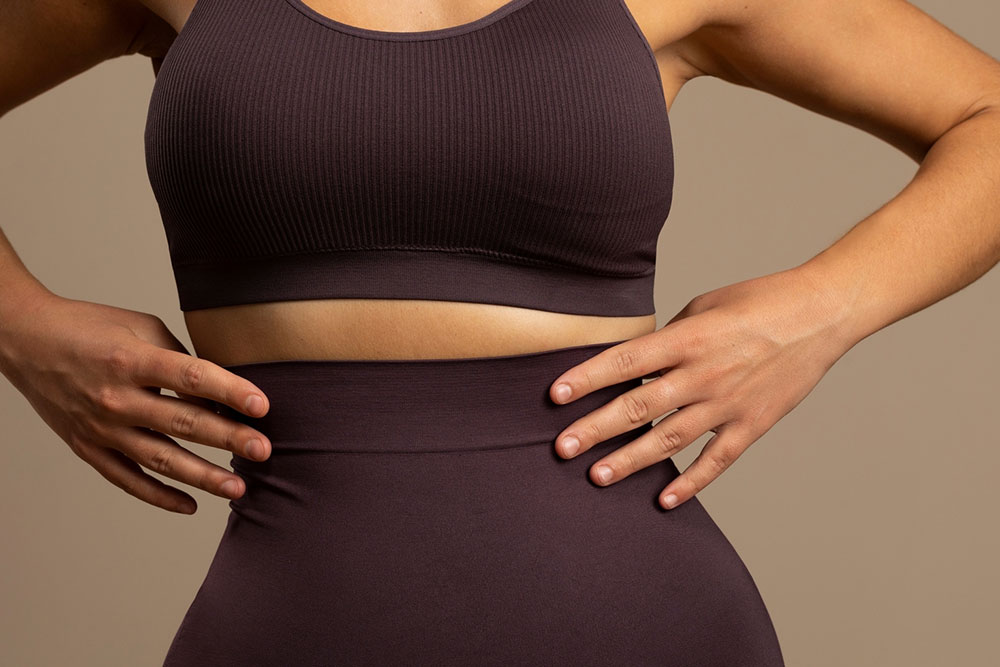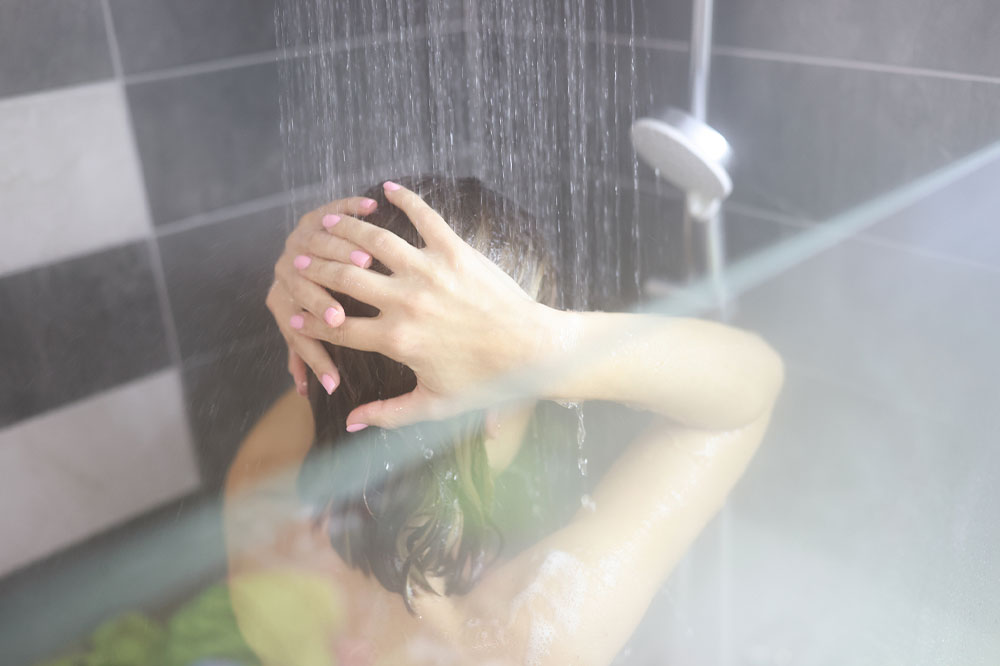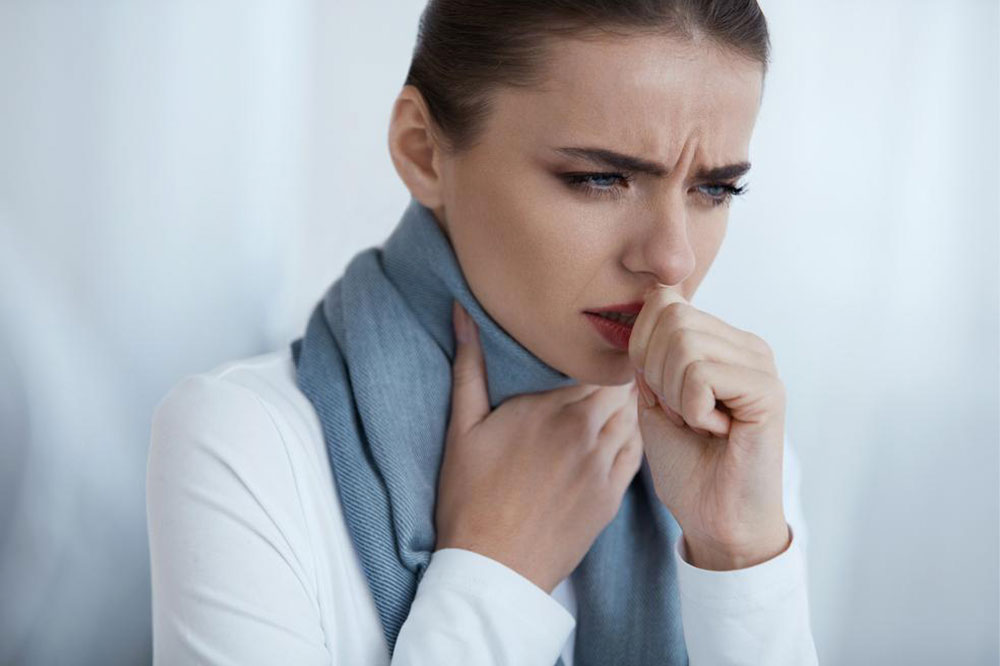12 tips to find the best shapewear for women over 50

Shapewear is a popular innerwear that enhances one’s silhouette, allowing individuals to achieve the desired look when wearing their favorite outfits. They improve posture and prevent humpbacks. Shapewear comes in different fabrics, styles, and features, catering to a wide range of needs and preferences. Getting the right shapewear for long-term benefits, both in utility and comfort, is essential. Here are some types and valuable tips to help women over 50 find the perfect shapewear.
Tips to find the best shapewear
Here are a few tips to find the best shapewear:
- Determine the level of control
Shapewear comes in various control levels, ranging from light to firm. It’s important to consider one’s specific needs and preferences when choosing the level of control. Light control offers a subtle smoothing effect, while firm control provides more compression and shaping. - Prioritize comfort
Comfort is paramount when selecting shapewear. Shapewear should ideally be snug, form-fitting, and comfortable. It should not feel restrictive or tight. One can look for pieces made from breathable and stretchy materials that won’t cause discomfort or irritation. It’s important to test out the seams and closures before buying any shapewear to ensure they do not dig into the skin or cause chafing. - Choose the right size
One of the most common mistakes when buying shapewear is selecting the wrong size. One should take accurate measurements to determine their waist, hips, and thigh size and consult the manufacturer’s sizing chart. Shapewear is designed to enhance one’s natural curves instead of squeezing one into a smaller size. - Focus on targeted areas
Shapewear is designed to enhance certain areas. Whether it’s the tummy, waist, hips, or thighs, different types of shapewear are designed for specific purposes. Women over 50 can choose shapewear that best suits their individual needs. - Check for seamless designs
This is an excellent choice for a smooth, invisible look under clothing. These pieces are designed to eliminate unsightly lines and bulges, ensuring a seamless appearance. - Consider the length
Shapewear comes in various lengths, including full-body suits, camisoles, and shorts. Full-body shapewear offers comprehensive coverage, while shorter styles target specific areas. Depending on one’s wardrobe or dress style, one can invest in the shapewear length that best complements their outfits. - Test before buying
Before making a final decision, it is advised to try on the shapewear with the outfit one intends to wear it with. This allows one to test the fabric, visible lines, and comfort level. - Understand shapewear material
Shapewear can be made from different materials, and each material may serve a distinct purpose. Knowing the differences can help one make informed decisions. For instance, nylon and spandex are better choices for cold regions or colder climatic conditions since they retain body heat. On the other hand, cotton and microfibers may be used during hotter seasons since they offer sweat absorption. - Opt for quality shapewear
The garment is an intimate part of one’s wardrobe, and a sub-par-quality product may irritate the skin or cause discomfort. Quality shapewear’s precise design can offer the right support without feeling restrictive. It is also more effective and maintains shape over time, even with multiple washes. So, one is advised to go for reliable brands and fabrics. Seeking recommendations from one’s family and friends and checking online reviews of a product can provide honest insights into the effectiveness and comfort of different shapewear options. - Check for easy wearability
Some shapewear can be challenging to put on and remove, especially if it lacks convenient closures. So, one is advised to look for shapewear with hooks, zippers, or easy-access designs to simplify the dressing process. - Explore different styles
Individuals should not hesitate to experiment with various shapewear styles to discover what suits them best. Each person’s body is unique, and what works for one may not be suitable for another. - Utilize posture support
Some shapewear options include integrated posture support features, which can be advantageous for women over 50 seeking to enhance their posture while also benefiting from shaping effects.
That said, it’s important to know about the variety of shapewear on the market to find the one that best suits one’s needs.
Types of shapewear
Here are some of the most common types of shapewear:
- High-waist briefs
When seeking a tummy-tucking solution without the need for thigh coverage, high-rise briefs can be a good choice. These undergarments offer firm control around the abdominal area, helping one achieve a sleek silhouette. They can be crafted from various materials, including breathable fabrics or innovative blends like nylon and spandex. They usually have a comfortable silicone waistband for added support and comfort. - Bike shorts
Bike shorts are a versatile and functional type of shapewear that combines style and practicality. They are renowned for their ability to shape and smooth the abdomen, hips, and thighs, making them a go-to choice for many individuals seeking a seamless look under various types of clothing. Bike shorts are beneficial when wearing dresses, skirts, or pants, as they prevent chafing, minimize friction, and provide a secure and comfortable fit. - Bodysuits
Bodysuits are one of the most versatile types of shapewear that can work well with dresses, skirts, or pants. They provide comprehensive coverage from the bust down to the thighs or even the ankles. Some variations include open-bust designs, making them compatible with various necklines. - Shaping camisoles
Shaping camisoles are sleeveless tops that control and shape the upper body. They are perfect for layering under blouses, cardigans, or jackets. - Supportive bras
Many shapewear options, including camisoles, come with built-in bras or bralettes. Women over 50 can look for shapewear with supportive bra features that provide comfort and lift while eliminating the need for additional undergarments. - Post-surgery recovery shapewear
Post-surgery recovery shapewear is a specialized category designed to provide support and aid in healing after surgical procedures. These garments are crafted with the utmost care to accommodate the needs of individuals recovering from surgeries. They typically feature gentle compression to reduce swelling, minimize bruising, and promote proper circulation while ensuring comfort during recovery. These shapes are often made from soft, breathable materials to minimize irritation.


